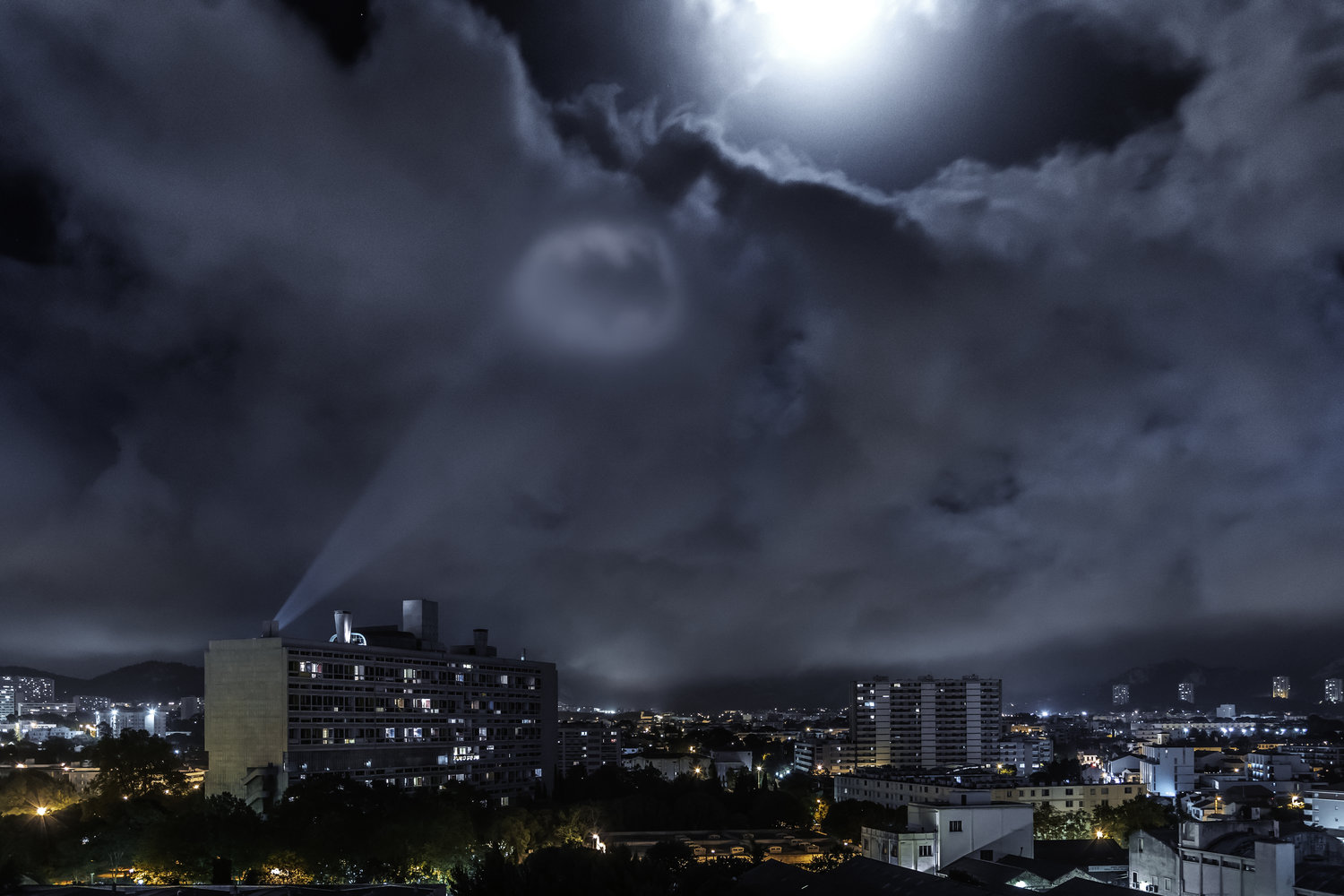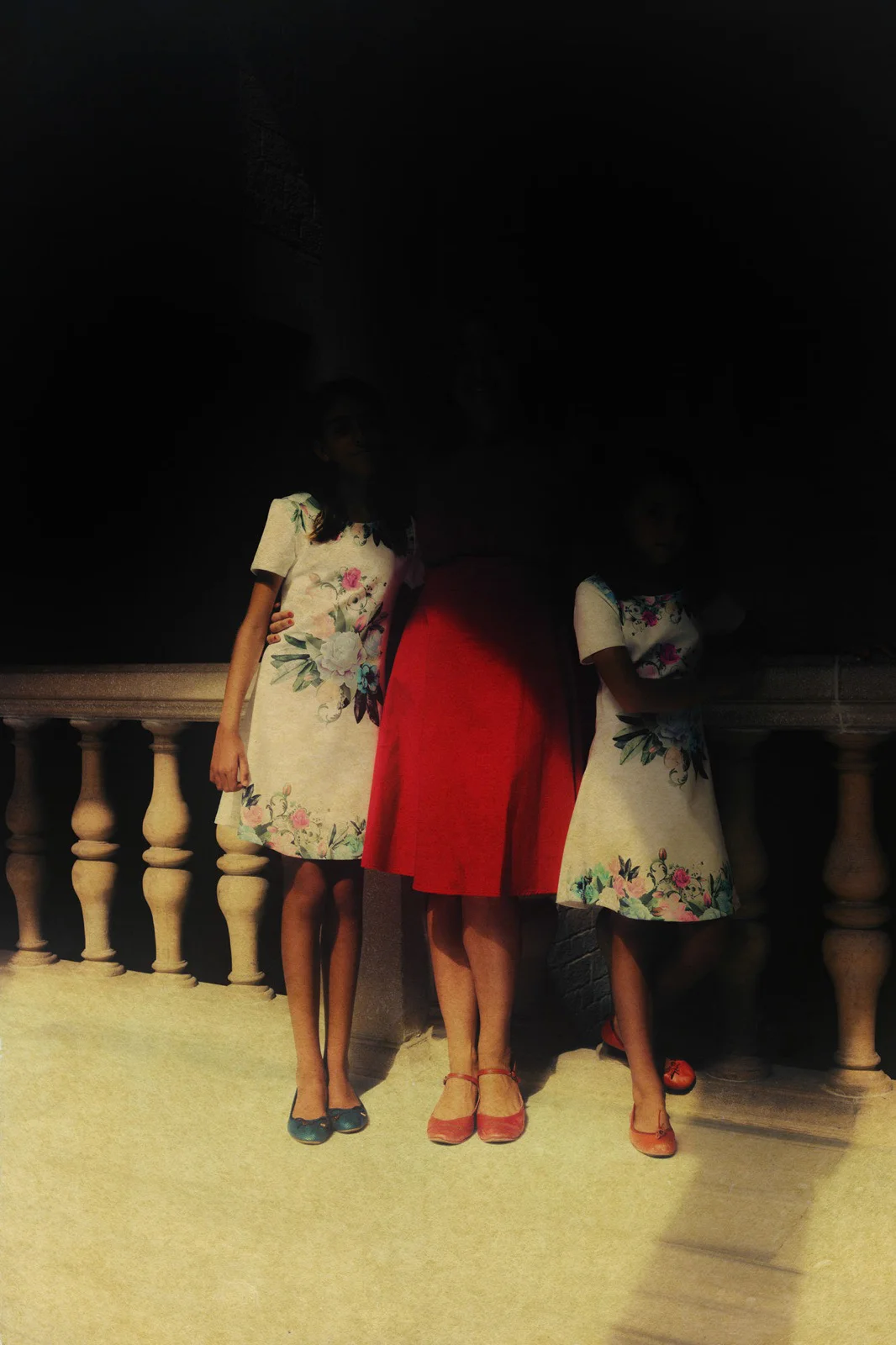This N' That: Keep In The Know With Photography News
Photo by Erik McGregor/Pacific Press/LightRocket via Getty Images
By Kala Herh
Eight Artists Pull Out of Whitney Biennial
As a protest of Warren Kanders spreads, artists and writers rebrand the show as “tear gas biennial.”
Korakrit Arunanondchai, Meriem Bennani, Nicole Eisenman, Nicholas Galanin, Eddie Arroyo, Agustina Woodgate, Christine Sun Kim, and the collective Forensic Architecture have asked the Whitney Biennial’s curators to remove their work from the current show. This started last Friday when Arunanondchai, Bennani, and Eisenman sent a letter to the show’s curators that “respectfully ask[ed] to withdraw our work from the Whitney Biennial for the remainder of the show. This request is intended as a condemnation of Warren Kanders’ continued presence as Vice-Chair of the Board.”
All culminating after “The Tear Gas Biennial” essay was posted on Artforum detailing Kanders’s ownership of companies that manufacture tear gas (some of which has been linked to usage at the US border against migrants and Ferguson protests). On July 14th, there was a Kanders protest housed in the lobby of the Whitney in Chelsea. In attendance was Eisenman (who’s sculptures have been spotlighted as one of the museum’s highlights) who handed out stickers that featured a gas can with words “More Tears Than An Ex-Vice Chair.”
Over the weekend, three more artists — Eddie Arroyo, Agustina Woodgate, and Christine Sun Kim — demanded their work be withdrawn. This article will be updated as developments ensure.
Photo by As If Magazine
Scarlett Johansson: “Art Should Be Immune to Political Correctness”
In an interview with painter David Salle, the actress said that “she should be allowed to play any person.”
The interview was in tandem for a feature for AS IF Magazine, which David Salle directed. Johansson appears in Salle’s latest work that reimagines cartoons from the ‘40s and ‘50s where in a post-war America, everyone is happy.
Sadly, this isn’t the first time that Johansson has come under criticism for representation. In 2017, she played an Asian character for the adaptation of Japanese manga series Ghost in the Shell. Last week, the issues that were discussed their conversation ranged from everything from costumes to politics.
“Today there’s a lot of emphasis and conversation about what acting is and who we want to see represent ourselves on screen,” she told Salle in the interview. “You know, as an actor, I should be allowed to play any person, or any tree, or any animal because that is my job and the requirements of my job.”
Photo of FaceApp
Another Reminder to Think Before You Upload…
The creators of the viral face morphing app, FaceApp, owns more than 150 million people’s faces and names.
A report came out over the weekend that the Russia-based app is harvesting metadata from the photos uploaded to the app — critics claim that this isn’t particularly unusual and there are probably other apps that are doing the same thing. Yaroslav Goncharov, an ex-Yandex exec and CEO of the Russian company that created the app, previously told The Verge that photos uploaded to the app are stored on the company’s servers to save bandwidth if several filters are applied and that they get deleted not long after. In their terms of use, FaceApp said it accepts requests from users to remove their data from its servers.
Another potential issue that the company’s privacy policy incorporates broad language that gives it the ability to use people’s usernames and names for commercial reasons — but again, what company doesn’t use abstract language to prevent lawsuits.
Regardless, this news continues the conversation about how increasingly invading tech practices are becoming. There are always trade-offs: you either see yourself as a 70-year-old and surrender rights to your photo (and face) or you don’t see yourself as a 70-year-old and keep your face. The point being that users always have a say in the matter, use the app, or don’t, and they have to think about how their data is being used.
Risa Puno, The Privilege of Escape (2019). Photo by Adam Reich, courtesy of Creative Time.
For Escape Room Fanatics
Risa Puno’s last project titled, ‘The Privilege of Escape’ teaches escapees about white privilege.
Creative Time’s new Open Call program, selected the Puno’s The Privilege of Escape out of 600 emerging artist applications. The experience resembles the widespread immersive phenomena that also embeds a serious message about the ways different groups are separated in arbitrary, unfair ways.
Upon arriving, participants are divided into teams and locked into an escape room where their actions are carefully observed and recorded by scientists. “The games are designed to require teamwork and communication, which I think helps foster a discussion afterward,” Puno said. “You feel bonded with your teammates.”
The piece was initially conceived by the idea that privilege can be decisive. The design of the game speaks in subtle ways to how white privilege is not so much an advantage conferred upon white people, but a freedom from the additional obstacles faced by persons of color.
The Bat-Signal (1989) as part of Alex Israel’s exhibition at MAMO, Marseille Modulor (2019).
Batman Takes a Trip to Marseilles
On top of the Le Corbusier building, Artist Alex Israel projects the bat signal over the city.
The work of the Los Angeles based artist was simultaneously inspired by Marseille’s history of gritty organized crime and Le Corbusier’s concrete building that evoked a sense fo hyper-urban sensibility; a resemblance of New York City for Israel.
Channeling celebrity culture and commercialism into his work is a trademark for Israel’s brand. This light installation, backed by luggage company, Rimowa, is something of a departure from is earlier cotton candy-hued works.
Strangely enough, this is not Le Corbusier’s first exhibition. He is the seventh artist to take over the rooftop — after Daniel Buren, Xavier Veilhan, Dan Graham, Felice Varini, Jean-Pierre Raynaud, and Olivier Mosset.
All images may be subject to copyright.












